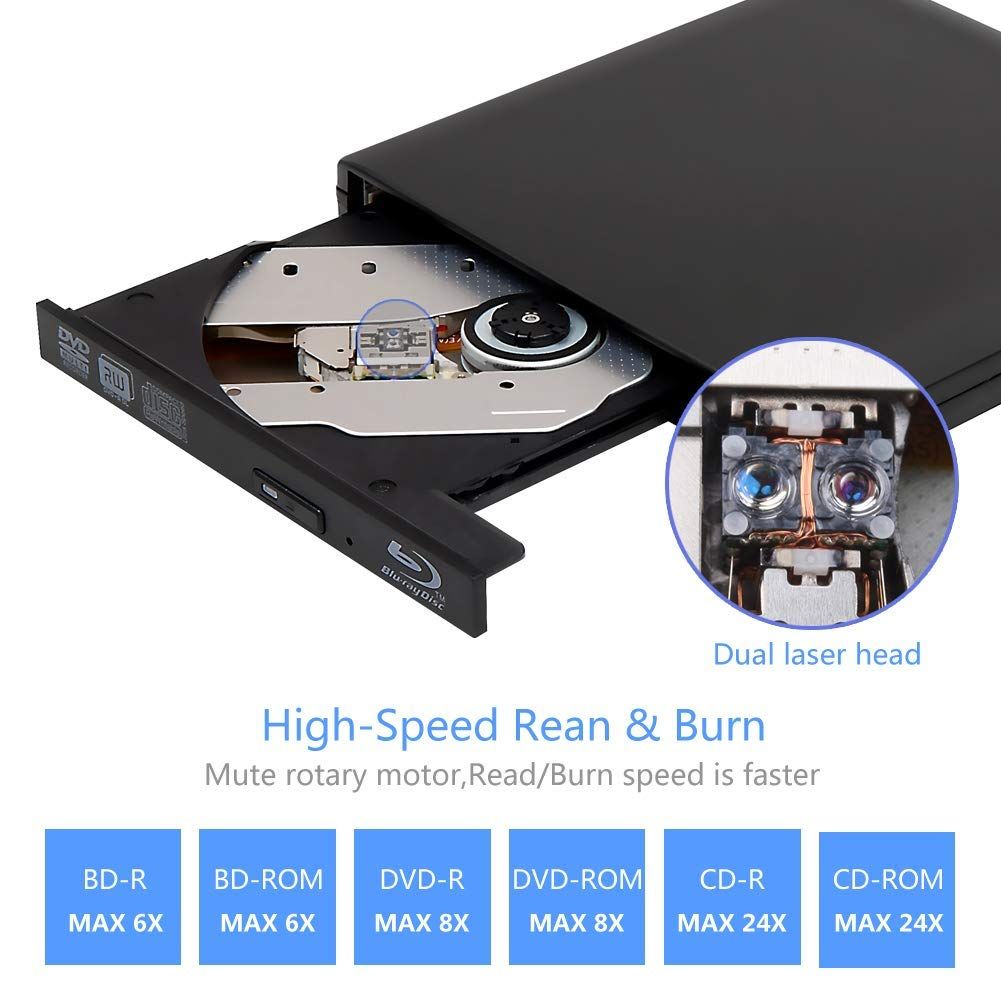If you dual-boot your Hackintosh, you've probably noticed that Windows can't read hard drive partitions used by Mac OS X. Mac OS X uses the HFS+ hard drive format, which Windows doesn't support. Luckily, you can enable HFS+ support on Windows with the help of one or two Windows drivers (depending on your budget). Read past the break for a tutorial on how to access your Hackintosh's Mac OS X hard drive partition from Windows. Having read/write access for your Mac partition on Windows will come in handy if your Hackintosh becomes unbootable, because you'll be able to boot into Windows to recover your files (and possibly fix your Hackintosh's boot problem). On top of that, it's simply convenient. LATEST UPDATE (January 26, 2013): Added Apple's Boot Camp Drivers to the article.
How To Format A Mac Hard Drive For Windows
Paragon HFS+ ($20) ($20) is a Windows application that mounts all of your Mac hard drives in Windows Explorer (a.k.a. My Computer) and gives you read and write access.
There's a 10-day trial available. Paragon HFS+ runs in the background and automatically starts on bootup, so accessing your Mac drives will feel exactly like accessing normal Windows drives. Is the same company that makes, my recommended solution for enabling on Mac OS X Lion. If you're looking for an alternative to Paragon HFS+, then you can also consider ($50; 5-day trial), which is the solution that I'm currently using on my own Hackintosh. It has a higher price tag and doesn't offer much more than Paragon HFS+, but it's an option.
Hi Guys Need some help, i recently damaged my Apple Mac mainboard, the HDD is working,i need to read and copy the files from the Mac hdd onto my windows based PC. Windows does not read HFS file. Among other benefits, this makes it possible to transfer files over 4 GB from a PC to a Mac, which is not possible using a hard drive formatted with the FAT32 file system. Connect an NTFS-formatted hard drive to your Mac to read its contents from the Mac OS desktop. Driver Reader Case: Can easily connect your 2.5 inch hard drive to a PC. V.TOP USB 3.0 to 2.5 Inch SATA III Hard Driver Adapter - SATA to USB 3.0 Converter Cable for External SSD (Black) by VTOP®.
If purchasing apps is not an option for you, check out the following section. Apple's is designed to help you run Windows on real Macs. Among other things, Boot Camp includes built-in HFS+ drivers for Windows. These drivers will mount your Mac hard drives in Windows Explorer and give you read access (but no write access). If you don't need to write any files to your Mac hard drives, using them is a free and relatively pain-free solution.
While the HFS+ drivers are normally packaged as part of Apple's Boot Camp Assistant software, you can download them separately below. DOWNLOAD: The above download is a ZIP file; open the file in Windows by double-clicking it. Once opened, double-click the 'Add_AppleHFS.reg' file.
This will add the Boot Camp drivers to your Windows registry. Next, open either the 'For 32-bit Windows' or 'For 64-bit Windows' folder, depending on your copy of Windows.
(To find out whether your copy of Windows is 32-bit or 64-bit, click on the Start Menu, and then right-click on 'My Computer' and go to 'Properties'.) Inside these folders are two device driver files. Copy these two files to C: Windows System32 drivers. This will install the actual drivers into Windows; reboot your computer afterwards. Once Windows has restarted, your Mac hard drives will be mounted, and you will be able to read files from them properly. NOTES: • This method has only been confirmed to work with Windows 7 and Windows 8. • You must uninstall Paragon HFS+ or MacDrive from your computer before installing Apple's HFS+ drivers. Word 2016 for mac how to delete a blank page.
Mac Reader For Windows
• To uninstall Apple's HFS+ drivers, delete the two driver files from C: Windows System32 drivers. Restart your computer. Then, double-click on the 'Remove_AppleHFS.reg' file to remove the drivers from your Windows registry.

Clean Mac Hard Drive For Resale
Ahhh the hassle of old hard drives. There’s hardly a geek around, or even casual computer owner for that matter, that doesn’t have a few old drives squirreled away. If you ever need to get the data off an old drive—or just want to check the drive and maybe erase it before disposal—you could always crack open your PC and mount the drive inside. But that’s a lot of work to solve a temporary need. There are much better solutions around these days.